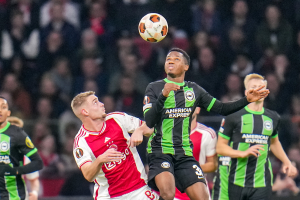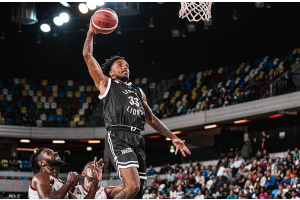Starting to incorporate the number of each blog in this darts science refresher course into the title seemed like a good idea at the time. “3 Degrees of Incidence” wasn’t great, maybe, but I was pretty happy with “4 Stalling”. This latest one had me scrabbling around a bit, though.
 I did briefly flirt with “5 Bore On”, which, as this blog gets a mite technical later, contains both a regrettable element of truth and a regrettable pun on element atomic number 5. Instead I’ve reluctantly settled, as you see, for an Enid Blyton/Comic Strip reference. Promise I’ll try to do better next time!
I did briefly flirt with “5 Bore On”, which, as this blog gets a mite technical later, contains both a regrettable element of truth and a regrettable pun on element atomic number 5. Instead I’ve reluctantly settled, as you see, for an Enid Blyton/Comic Strip reference. Promise I’ll try to do better next time!
Anyway, let’s move on to the subject for today, which is indeed cycles, specifically yaw cycles. In my previous blogs we have seen how the normal force acting on a dart’s flights stabilises its yawing motion (“fish-tailing”). We’ve also seen that, at reasonable yaw (or incidence), say up to 15 degrees or even more, normal force is mainly due to lift.
Within this pre-stall region lift tends to be more-or-less proportional to the yaw angle, which is analogous to the restoring force on a pendulum being more-or-less proportional to its angle of dangle. This type of proportionality gives rise to what’s known as “simple harmonic motion” in which oscillation cycles have a fixed period irrespective of amplitude, the trick that enables pendulum clocks to keep good time.
So, at reasonable yaw angles, the yaw cycle of a dart in flight will, like a pendulum, have a characteristic period. Moreover, as lift tends to increase with the square of velocity, the faster the dart goes, the quicker that period. You can take my word for it or, better still, go mad and test it for yourself in practice, but those two factors happen to cancel out. This results in the distance the dart travels during a yaw cycle being pretty much fixed, irrespective of throw speed or (within reason again!) yaw angle and angular rate at the start of the cycle – ie when its released from the hand.
That distance is called the “yaw wavelength” and is a key technical characteristic of a dart. In future blogs I’ll explain how relating the yaw wavelength to the throwing distance can enable a dart designer to specify a barrel/shaft/flights set-up which is aimed at having specific characteristics such as accuracy or stability optimisation. Before then, though, I’ll need to take a look at some of the parameters which determine the yaw wavelength that I’ve so far glossed over.
An exciting world of Static Margins, Moments of Inertia, Dynamic Pressure, etc, awaits – maybe “5 Bore On” would have been better after all!


